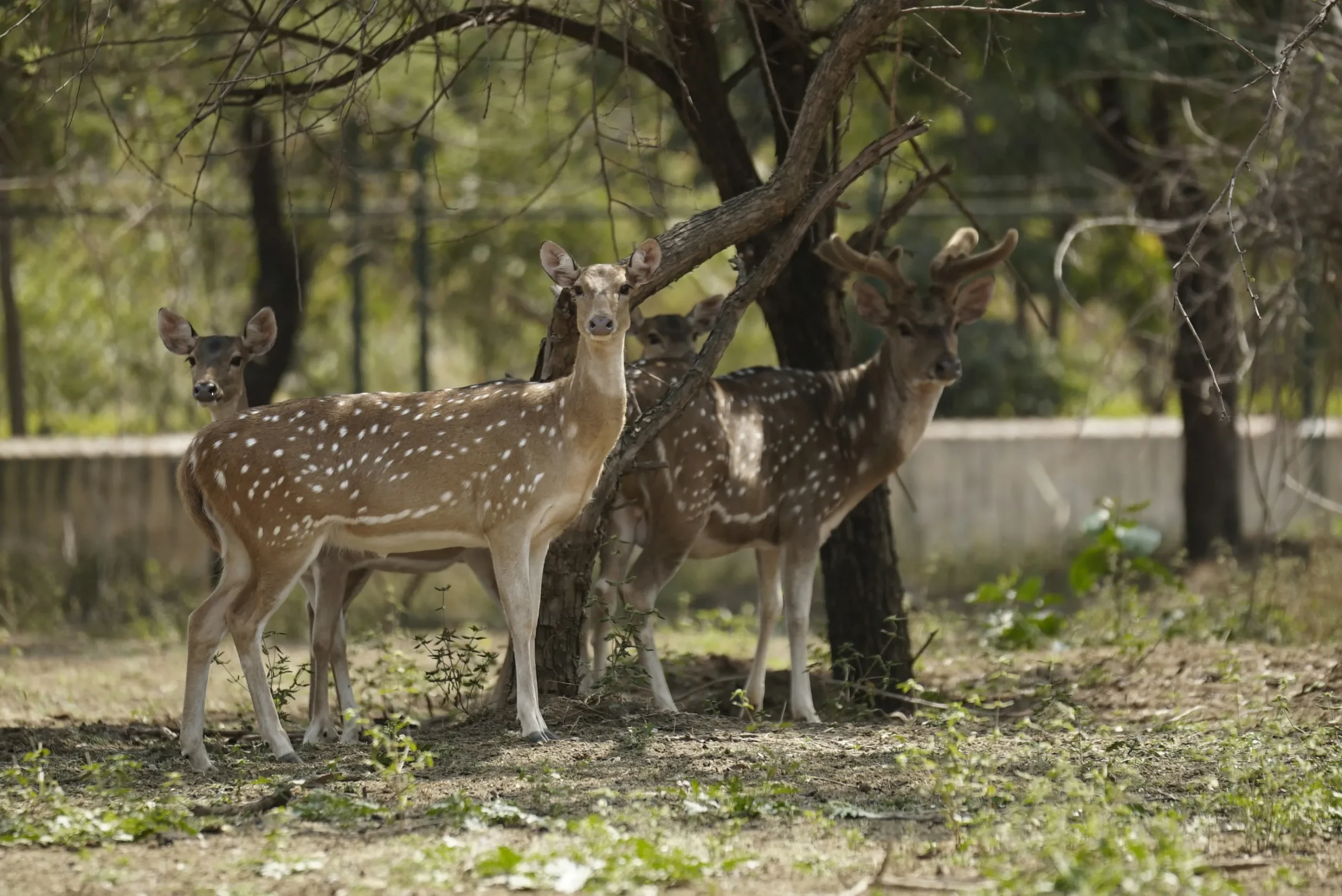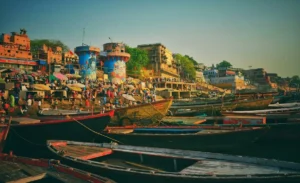Embarking on a wildlife safari is an exhilarating adventure that promises close encounters with some of nature’s most magnificent creatures. Whether you’re journeying through the vast savannas of Africa, exploring the dense jungles of Asia, or navigating the wild landscapes of North America, packing the right gear is crucial to ensure a safe, comfortable, and enjoyable experience. This comprehensive guide provides an essential checklist to help you prepare for your wildlife safari, covering everything from clothing and gear to health and safety items.
Clothing Essentials
1. Lightweight, Breathable Clothing
- Safari Shirts and Trousers: Opt for moisture-wicking, quick-drying fabrics. Long sleeves and pants provide protection from the sun, insects, and thorny vegetation.
- T-shirts and Shorts: Ideal for warmer days and more relaxed settings, ensure they are made from breathable materials.
- Fleece or Sweater: Early mornings and evenings can be chilly, even in tropical climates. A lightweight fleece or sweater will keep you warm.
2. Neutral Colors
- Earth Tones: Stick to khaki, brown, green, and other neutral colors to blend in with the environment. Bright colors can attract unwanted attention from wildlife and insects.
3. Layering Pieces
- Base Layers: Thermal underwear or base layers are essential for cold weather safaris.
- Outer Layers: A waterproof and windproof jacket is crucial for unexpected weather changes.
4. Hats and Caps
- Wide-Brimmed Hat: Protects your face and neck from the sun.
- Cap or Beanie: Useful for warmth during cooler weather.
5. Footwear
- Hiking Boots: Sturdy, comfortable, and waterproof boots are ideal for walking safaris.
- Sandals or Flip-Flops: Comfortable footwear for relaxing around the camp or lodge.
6. Accessories
- Sunglasses: Polarized lenses reduce glare and protect your eyes from UV rays.
- Bandana or Scarf: Useful for dust protection and warmth.
Gear and Equipment
1. Binoculars
- High-Quality Binoculars: Essential for spotting wildlife from a distance. Look for waterproof and fog-proof models with a magnification of at least 8x.
2. Camera Equipment
- DSLR or Mirrorless Camera: Capture high-quality images of wildlife. A telephoto lens (200-400mm) is recommended for close-up shots.
- Memory Cards and Batteries: Bring extra memory cards and fully charged batteries.
- Camera Bag: A padded, waterproof bag will protect your equipment.
3. Smartphone and Accessories
- Smartphone: Useful for navigation, communication, and additional photography.
- Power Bank: Keep your devices charged, especially during long excursions.
- Waterproof Case: Protects your phone from rain and dust.
4. Backpack
- Daypack: A comfortable, lightweight backpack with multiple compartments for organizing your gear. Look for one with a hydration bladder or bottle holder.
5. Hydration and Snacks
- Reusable Water Bottle: Stay hydrated with a durable, insulated water bottle.
- Water Purification Tablets: Essential for areas where clean drinking water is not readily available.
- Energy Bars and Snacks: High-energy snacks like nuts, dried fruit, and granola bars will keep you fueled throughout the day.
Health and Safety
1. First Aid Kit
- Comprehensive Kit: Include bandages, antiseptic wipes, pain relievers, tweezers, and any personal medications.
- Insect Repellent: Choose a DEET-based repellent for effective protection against mosquitoes and other insects.
- Sunscreen: A high-SPF, broad-spectrum sunscreen to protect your skin from harmful UV rays.
- Lip Balm with SPF: Protects your lips from drying out and sunburn.
2. Medical Supplies
- Prescription Medications: Bring enough for the duration of your trip, along with copies of your prescriptions.
- Anti-Malarial Medication: Consult with your doctor about taking anti-malarial drugs if you’re traveling to a malaria-endemic area.
- Diarrhea Treatment: Over-the-counter medications like Imodium can be useful in case of stomach issues.
3. Personal Hygiene
- Wet Wipes: Handy for quick clean-ups.
- Hand Sanitizer: Keep your hands clean when soap and water aren’t available.
- Travel-Size Toiletries: Pack compact versions of your essentials like toothpaste, shampoo, and deodorant.
Documents and Money
1. Travel Documents
- Passport and Visas: Ensure your passport is valid for at least six months beyond your travel dates and that you have the necessary visas.
- Travel Insurance: Comprehensive insurance that covers medical expenses, trip cancellations, and lost luggage.
- Copies of Important Documents: Photocopies of your passport, visas, insurance, and emergency contacts.
2. Money and Payment Methods
- Local Currency: Bring a small amount of local currency for tips and small purchases.
- Credit/Debit Cards: Inform your bank of your travel plans to avoid issues with card transactions.
- Money Belt: Keep your valuables safe and secure.
Miscellaneous Items
1. Books and Guides
- Field Guides: A guide to local wildlife can enhance your safari experience.
- Reading Material: Books or e-readers for downtime.
2. Travel Journal
- Journal and Pen: Document your experiences and observations.
3. Entertainment
- Portable Speaker: Enjoy some music during downtime.
- Deck of Cards: A lightweight, fun way to pass the time.
4. Multi-Tool
- Swiss Army Knife or Multi-Tool: Useful for a variety of small tasks and repairs.
5. Flashlight or Headlamp
- LED Flashlight: A bright, durable flashlight for navigating in low light.
- Headlamp: Keeps your hands free for other tasks.
6. Ziplock Bags
- Plastic Bags: Keep your electronics and other valuables safe from water and dust.
Specialized Gear for Specific Safaris
1. Safari in Rainforest Regions
- Rain Gear: Waterproof jacket and pants, as well as a poncho.
- Gaiters: Protect your lower legs from mud and insects.
2. Desert Safaris
- Cooling Towel: Helps you stay cool in extreme heat.
- Extra Water Supplies: Additional water bottles or a hydration system.
3. Mountain Safaris
- Trekking Poles: Useful for stability on uneven terrain.
- Altitude Medication: Consult your doctor about medications for altitude sickness.
Eco-Friendly Packing Tips
1. Reusable Items
- Water Bottle and Utensils: Reduce plastic waste by using reusable bottles and utensils.
- Reusable Shopping Bags: Handy for purchases and carrying gear.
2. Biodegradable Products
- Toiletries: Use biodegradable soap, shampoo, and toothpaste.
3. Leave No Trace
- Waste Bags: Pack out all your trash and dispose of it properly.
Final Preparations
1. Check Weather Conditions
- Weather Forecast: Monitor the weather conditions of your safari destination and pack accordingly.
2. Consult with Safari Operator
- Packing Recommendations: Ask your safari operator for any specific packing recommendations or restrictions.
3. Health Check
- Vaccinations: Ensure you are up-to-date with necessary vaccinations and health precautions for your destination.
4. Cultural Considerations
- Respect Local Customs: Research the local customs and dress appropriately to respect cultural norms.
Conclusion
A wildlife safari is an unforgettable experience that offers a unique opportunity to connect with nature and observe wildlife in their natural habitats. Proper preparation and packing are essential to ensure your safari is comfortable, safe, and enjoyable. By following this comprehensive checklist, you can focus on the adventure ahead and make the most of your safari experience. Happy travels!







